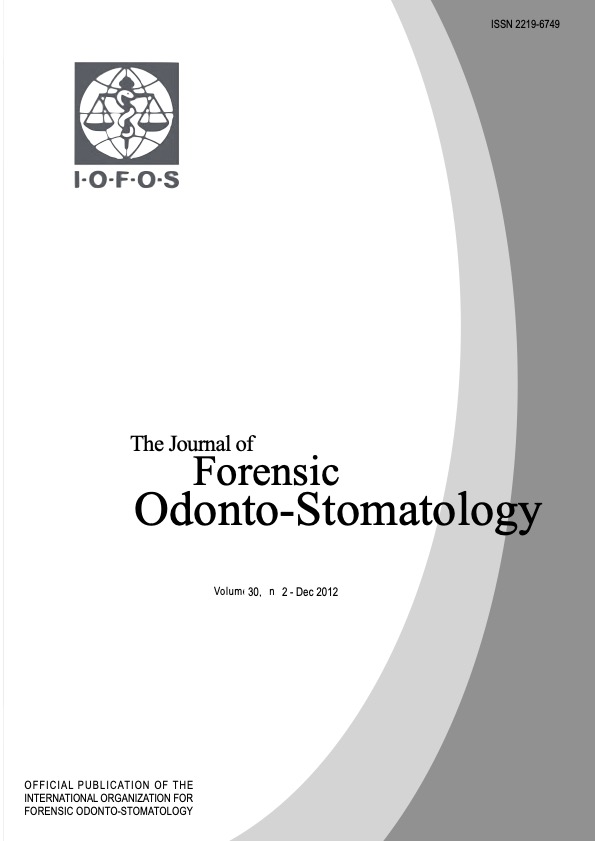Dental age estimation in Japanese individuals combining permanent teeth and third molars
Abstract
The study aim was, firstly, to verify the Willems et al. model on a Japanese reference sample. Secondly to develop a Japanese reference model based on the Willems et al. method and to verify it. Thirdly to analyze the age prediction performance adding tooth development information of third molars to permanent teeth.
Retrospectively 1877 panoramic radiographs were selected in the age range between 1 and 23 years (1248 children, 629 sub-adults). Dental development was registered applying Demirjian ‘s stages of the mandibular left permanent teeth in children and Köhler stages on the third molars. The children's data were, firstly, used to validate the Willems et al. model (developed a Belgian reference sample), secondly, split ino a training and a test sample. On the training sample a Japanese reference model was developed based on the Willems method. The developed model and the Willems et al; model were verified on the test sample. Regression analysis was used to detect the age prediction performance adding third molar scores to permanent tooth scores.
The validated Willems et al. model provided a mean absolute error of 0.85 and 0.75 years in females and males, respectively. The mean absolute error in the verified Willems et al. and the developed Japanese reference model was 0.85, 0.77 and 0.79, 0.75 years in females and males, respectively. On average a negligible change in root mean square error values was detected adding third molar scores to permanent teeth scores.
The Belgian sample could be used as a reference model to estimate the age of the Japanese individuals. Combining information from the third molars and permanent teeth was not providing clinically significant improvement of age predictions based on permanent teeth information alone

